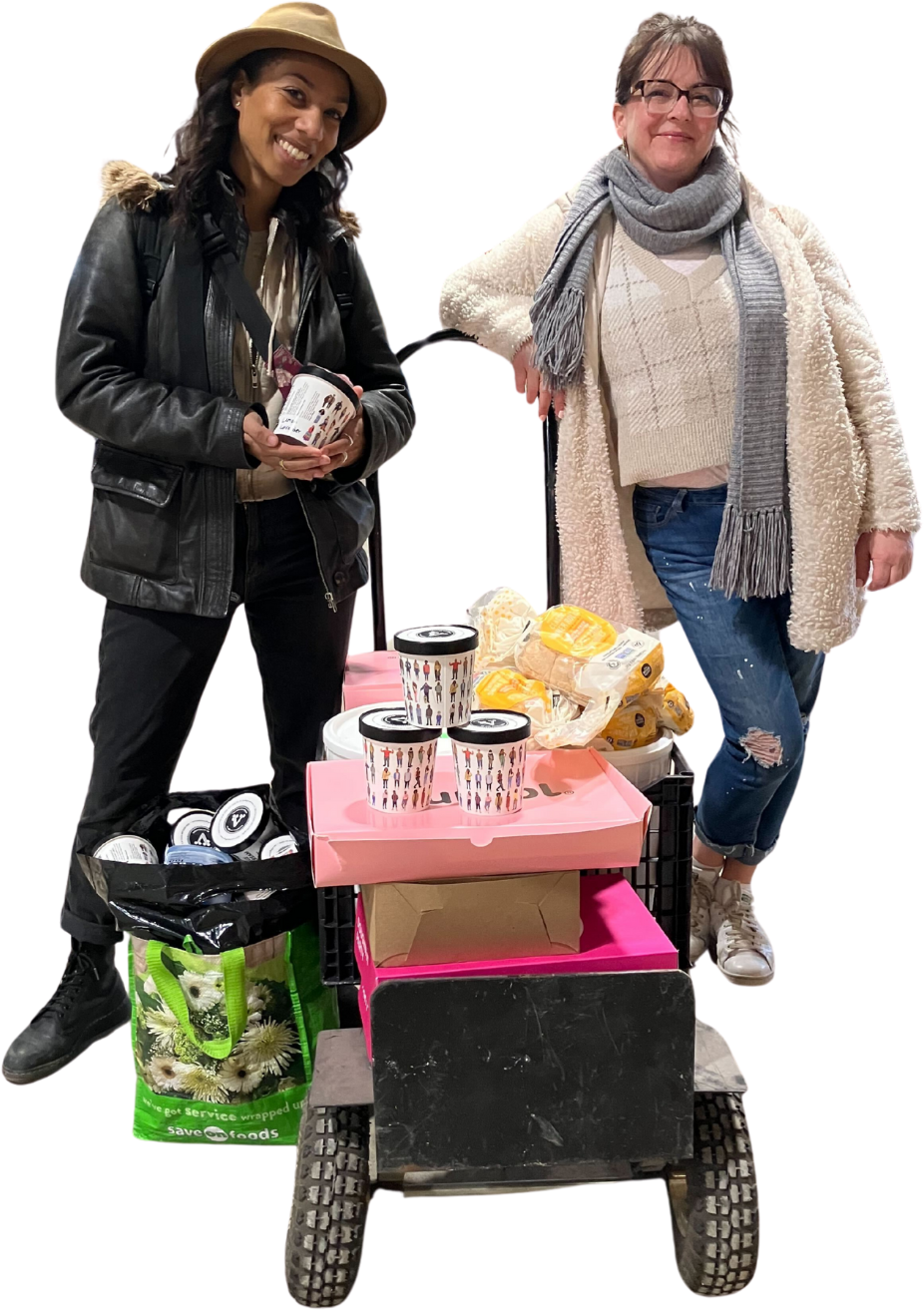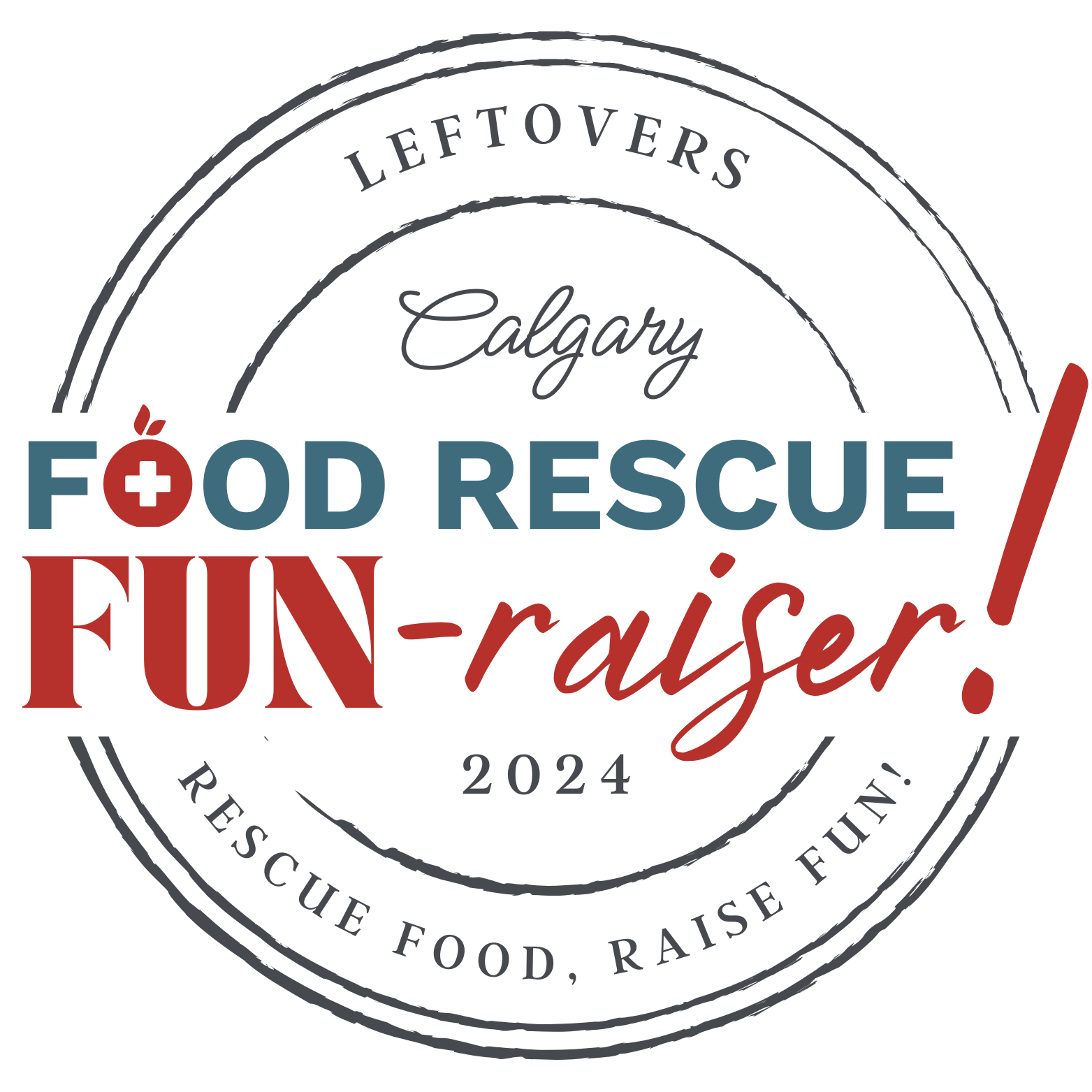Happy Giving Tuesday, and welcome to Day One of Leftovers’ year-end journey into food rescue from the food’s perspective! Let’s give the floor to our potato protagonist, and learn more about food waste…
We begin our story at the grocery store, where Russell the Russet is deep in reflection…
 I never expected I’d be the potato at the bottom of the pile. While the other potatoes from our harvest were picked out and put in customers’ bags to be part of marvelous meals, there I was in the dark, waiting.
I never expected I’d be the potato at the bottom of the pile. While the other potatoes from our harvest were picked out and put in customers’ bags to be part of marvelous meals, there I was in the dark, waiting.
You get a little bruised, at the bottom. A little sprouted. I wasn’t perfect anymore. Who was going to want me now?
Then I was being picked up, tossed in a box. Was this it? Was I about to end up in a cold, locked garbage bin outside with all of the wilted greens and moldy berries, destined to rot in a landfill?
Is this it? Will Russell rot?? Find out in our next exciting installment!
A quarter of all of the waste generated by the commercial sector in Canada is food (1). A 2019 report from Value Chain Management International and Second Harvest estimates that at least 30% of this food would still be good to eat (2). In Alberta and Manitoba, that means more than 250,000 tonnes of good food from restaurants, grocery stores, and cafeterias is getting thrown out per year. When that food goes to landfills, it produces methane and contributes significantly to global warming.

Food gets wasted for a lot of reasons, but one of the biggest is cost. When it’s easier and cheaper to put unsold food in the garbage bin, even good food gets thrown out. Imperfect or bruised produce, day-old bread, and meat, dairy, and packaged food nearing its best-before dates too often end up in landfills or being composted when they could have been eaten.

(1) Environment and Climate Change Canada. (2020). National Waste Characterization Report: The Composition of Canadian Residual Municipal Solid Waste. Retrieved from https://publications.gc.ca/collections/collection_2020/eccc/en14/En14-405-2020-eng.pdf
(2) Gooch, M., Bucknell, D., LaPlain, D., Dent, B., Whitehead, P., Felfel, A., Nikkel, L., Maguire, M. (2019). The Avoidable Crisis of Food Waste: Technical Report; Value Chain Management International and Second Harvest; Ontario, Canada. Retrieved from https://secondharvest.ca/research/the-avoidable-crisis-of-food-waste/


 I never expected I’d be the potato at the bottom of the pile. While the other potatoes from our harvest were picked out and put in customers’ bags to be part of marvelous meals, there I was in the dark, waiting.
I never expected I’d be the potato at the bottom of the pile. While the other potatoes from our harvest were picked out and put in customers’ bags to be part of marvelous meals, there I was in the dark, waiting.






























